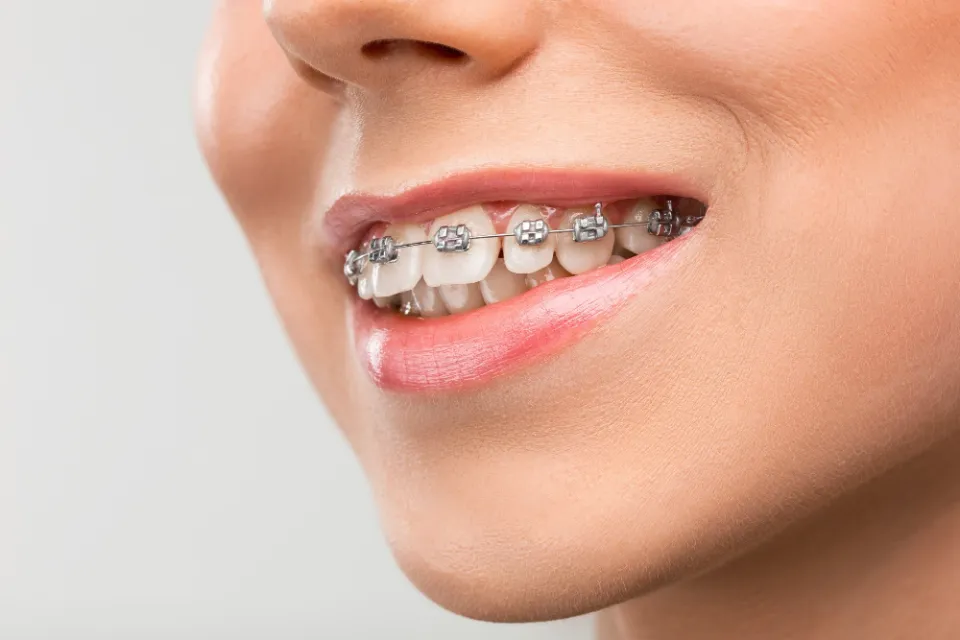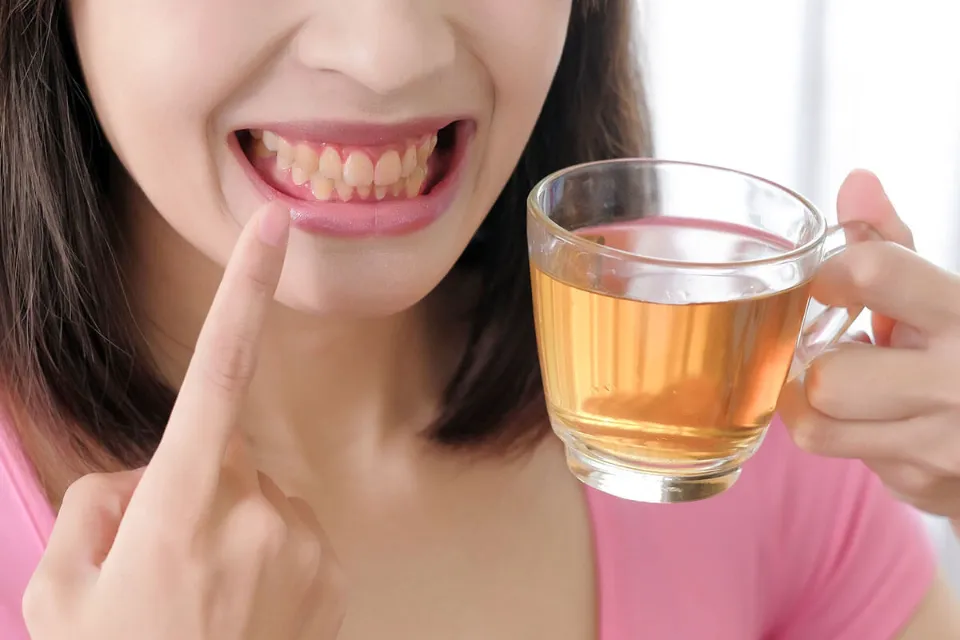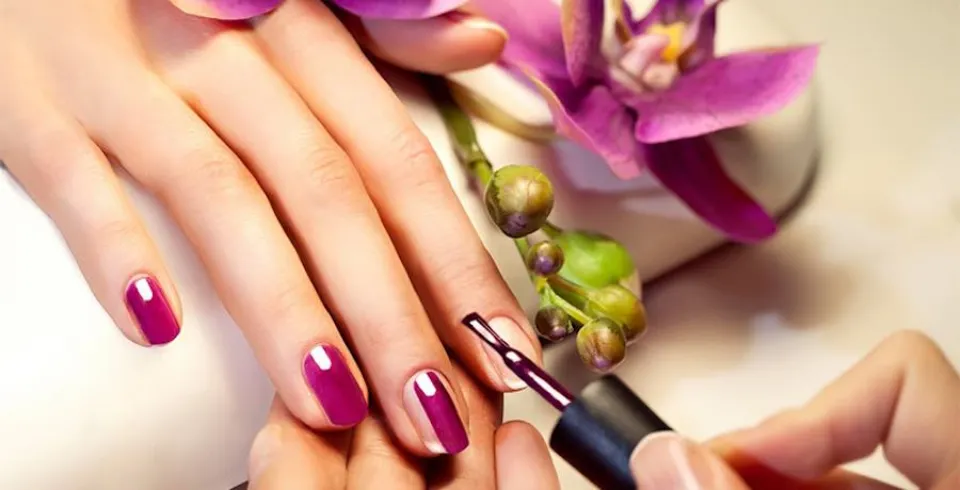Your self-confidence can be greatly increased by flashing a bright smile. If you’re straightening your teeth with braces, then you might want to know how to whiten teeth with braces.
Teeth whitening with braces takes more care since the brackets cover parts of your teeth. Your braces’ type will determine which choice is best for you.
Here’s how to safely whiten your teeth while wearing braces, along with some methods to avoid.
How to Whiten Teeth With Braces?
Some people may wonder can you whiten your teeth with braces? The answer is yes!
Traditional bracesare a tried-and-true method of achieving a straight, healthy smile. But how do teeth whitening procedures work with braces?
In-Office Whitening
In-Office whitening treatments can be very effective for those with removable or lingual braces where the front surface of the teeth is uncovered.
The process involves using a potent bleaching agent to lift stains and whiten teeth over the course of one or two dental visits. A special UV light is frequently also applied to speed up the whitening effects.
Those with traditional braces should consider alternate whitening methods, as the brackets on the front of the teeth can prevent the whole tooth from being whitened, thus creating a two-tone effect once the braces are removed.
Because of this, after your conventional braces are taken off, in-office bleaching procedures are typically advised.
At-Home Whitening
You can use bleaching gels and trays or Crest 3D White Whitestrips to quickly whiten your teeth at home. These techniques, which are only advised for people who have lingual braces or removable aligners, can be extremely effective, just like in-office treatments.
This is due to the fact that these products may not be able to completely whiten the tooth when conventional braces are present.
Additionally, whitening can cause some patients with braces to experience increased tooth sensitivity or gum irritation, especially as their teeth are shifting during orthodontic treatment.
Related Reading: How to Use Whitening Strips?
Everyday Whitening
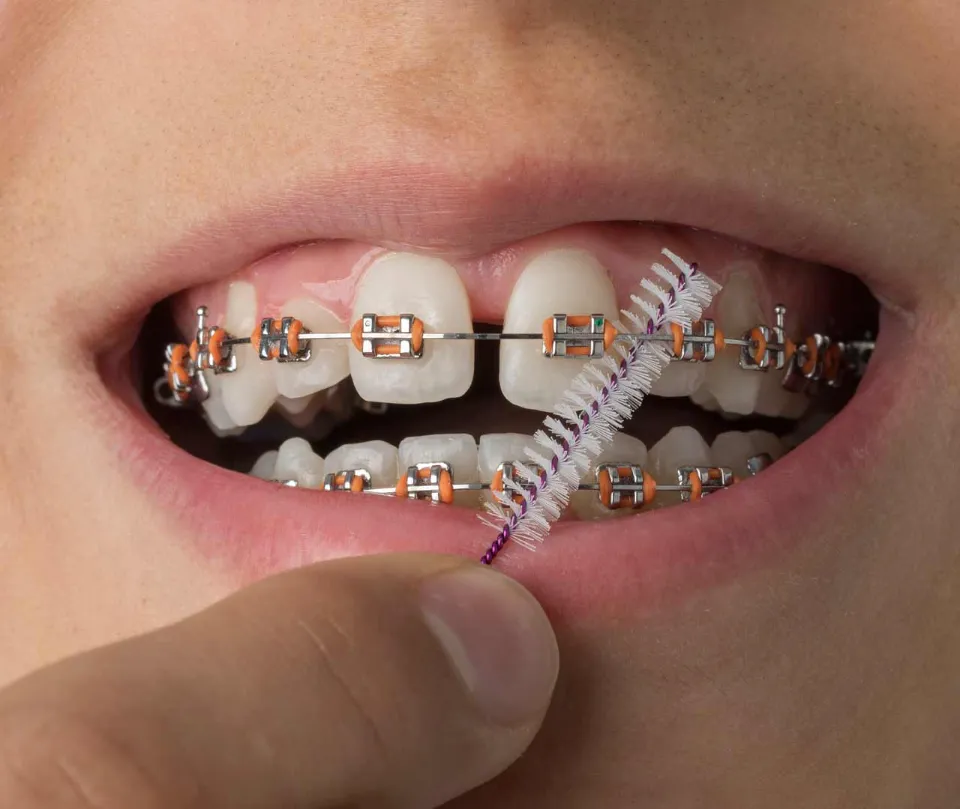
People who are wearing braces ought to think about incorporating whitening products into their regular oral care regimen.
A whitening toothpaste is an excellent way to maintain your smile’s brightness, regardless of the type of braces you have.
Crest 3D White Toothpaste eliminates up to 80% of surface stains for a noticeably whiter smile. Additionally, you can further whiten your teeth, guard against stains, and freshen your breath by using a whitening mouthwash like Crest 3D White Luxe Multi-Care Whitening Mouthwash.
And finally, switching from a manual to an electric toothbrush can do wonders for your smile, even if you have braces.
The Oral-B Genius 8000 electric toothbrush has a whitening mode that removes surface stains that can develop underneath your braces, giving you a whiter, more attractive smile.
You Might Also Like:
Things to Avoid
Avoid Tooth-Staining Foods and Drinks
- Try to avoid consuming as much of the foods and drinks that can discolor teeth, such as tomato-based sauces, black tea, coffee, red wine, and dark cola.
- If you do eat or drink those things, make sure to follow it up with some water to help wash the stain-causing residue out of your mouth.
Avoid Tobacco Products
- Tobacco products, such as cigarettes, cigars, and chewing tobacco, should be avoided. These can discolor teeth and harm your health in numerous other ways.
However, taking care of your smile goes beyond simply keeping it white by avoiding stains.
Should You Whiten Your Teeth After Braces?
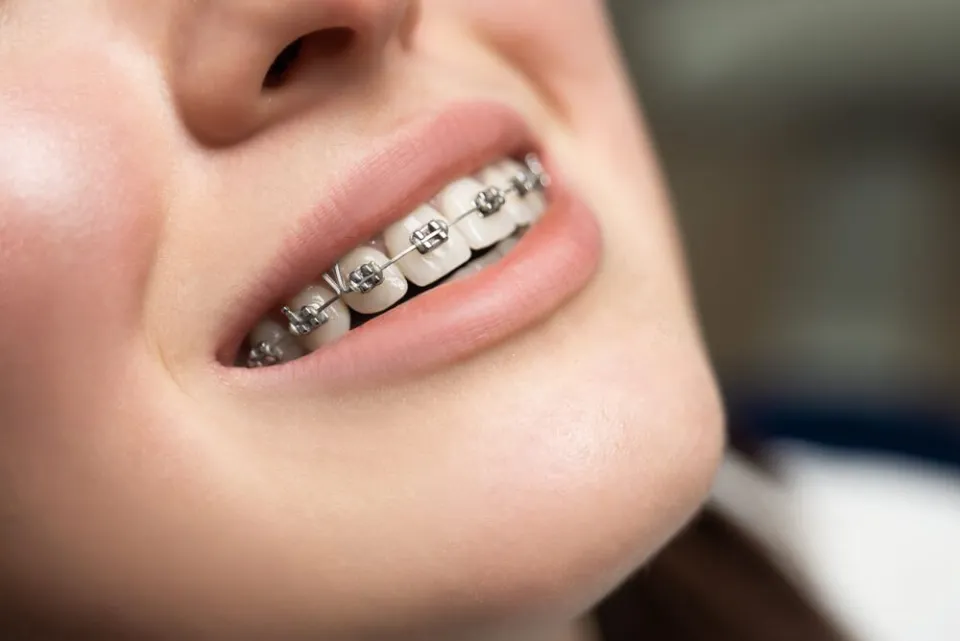
The majority of orthodontic patients can usually whiten their teeth after braces, provided the dentist or orthodontist doesn’t advise against it. If you choose to whiten after braces:
- Consult a professional. A dental expert can assist you in making the best product selection for your unique needs. This could involve an at-home gel, paste, or strip whitening procedure as well as an in-office whitening procedure.
- Be aware of the stains. Extrinsic or intrinsic stains—which do you have—are there? The solution to your dental problem may not be whitening if you have intrinsic staining.
- Verify that your orthodontic treatment is finished. Do you like your straight smile? You might want to postpone teeth whitening if you require additional treatment.
- In order to deal with sensitivity, wait until you are certain that whitening won’t cause your teeth any additional discomfort if they are still sensitive from your orthodontic treatment.
You Might Also Like: Can You Whiten Bonded Teeth?
The Bottom Line: How to Whiten Teeth With Braces
Keeping your teeth white while wearing braces can be challenging. However, discoloration and staining can be minimized with good oral hygiene.
If mild discoloration occurs, using a whitening toothpaste or mouth rinse can lift surface stains.
You might also qualify for whitening gels, strips, or in-office dental procedures, depending on the kind of braces you’re sporting.
The best options for you can be discussed with your dentist or orthodontist.
FAQs
Are Braces Stains Permanent?
If left untreated, these stains may become permanent, but there are ways to lessen the harm to your smile.
Can You Use Teeth Whitening Strips With Braces?
Unfortunately, whitening strips aren’t the best choice if you have traditional metal braces because they only lighten the exposed tooth surfaces and don’t penetrate the enamel beneath bonded brackets.
Why Do Teeth Get Yellow With Braces?
Plaque and tartar buildup on teeth due to the difficulty of properly cleaning them around braces is one of the most frequent causes.

